Galloway Jeff - Running Injuries: Treatment and Prevention
Here you can read online Galloway Jeff - Running Injuries: Treatment and Prevention full text of the book (entire story) in english for free. Download pdf and epub, get meaning, cover and reviews about this ebook. City: Aachen, year: 2009, publisher: Meyer Meyer Sports, genre: Children. Description of the work, (preface) as well as reviews are available. Best literature library LitArk.com created for fans of good reading and offers a wide selection of genres:
Romance novel
Science fiction
Adventure
Detective
Science
History
Home and family
Prose
Art
Politics
Computer
Non-fiction
Religion
Business
Children
Humor
Choose a favorite category and find really read worthwhile books. Enjoy immersion in the world of imagination, feel the emotions of the characters or learn something new for yourself, make an fascinating discovery.
- Book:Running Injuries: Treatment and Prevention
- Author:
- Publisher:Meyer Meyer Sports
- Genre:
- Year:2009
- City:Aachen
- Rating:5 / 5
- Favourites:Add to favourites
- Your mark:
Running Injuries: Treatment and Prevention: summary, description and annotation
We offer to read an annotation, description, summary or preface (depends on what the author of the book "Running Injuries: Treatment and Prevention" wrote himself). If you haven't found the necessary information about the book — write in the comments, we will try to find it.
Correct Posture Can Reduce Aches and PainsSuggestions for Running Smoother, Reducing Irritation to Weak Links; Cramps in the Muscles?; Here Are Several Ways of Dealing with Cramps; Exercises that Can Prevent/Treat Injuries; Preventing Speed Injuries; II. Treatment of Injuries; About the list of injuries; Area 1 - The Foot And Toes; Toe Nails - Discolored Toe Nails; Toe Nail Trauma; Anywhere on Foot; Blisters And Calluses; Toe Numbness, Pain and Tissue Damage; Raynauds Syndrome; Front of Foot - Base of Toes, Occasionally Top of Foot; Neuroma; Front of Foot on Bottom - May Include Toes.
MetatarsalgiaThe Second or Third Toe Joint; Metatarsal Phalangeal Synovitis-Also Known As Capsulitis, Pre-Dislocation Syndrome, Plantar Plate Injury; Pain in Outer Top of Foot and Up to Ankle Crease; Extensor Tendinitis; Foot - Front to Middle; Stress Fracture Of The Foot; Behind Big Toe - Top of the Foot at the Instep; First Metatarsal-Cuneiform Area; Pain that Is Deep Inside the Big Toe Joint; Big Toe Pain; Outside of Foot - Midway on the Prominent Bone; 5th Metatarsal Styloid Process Injuries; Outer Side of Heel - Also Below Ankle Bone Moving Toward Mid Foot on Outside.
Peroneal Tendon Injury, Outer Heel Area And Cuboid SyndromeInside of Foot - at Ankle Bone; Tibialis Posterior Medial Foot/Tarsal Tunnel; Bottom of Heel - May Extend Along Bottom of Arch all the Way to Front of Foot; Plantar Fasciitis; Back of Heel - Sometimes Underneath; Posterior Heel Pain; Area 2 - The Ankle; Outside of the Ankle Mostly - But Can Be Inside; Ankle Sprains; On or Around the Outer Ankle Bone; Outer Ankle; Inside of Ankle - Just Above the Ankle Bone; Tibialis Posterior Ankle; Throughout the Ankle - No Specific Area; Recurrent Inversion Sprains And Ankle Instability.
The Tendon Just Above the Back of the Heel BoneAchilles Tendon; Area 3 - Lower Leg Below The Knee; Front of the Lower Leg - Outside of the Shin Bone; Anterior Shin Pain; Front of the Shin - on the Inside Inner Edge; Medial Shin Pain; Outside of the Lower Leg, Above the Ankle to Just Below the Knee; Lateral Lower Leg Pain; Various Pains in the Calf Muscle; Calf Pain; Area 4 - The Knee; Pain at the Kneecap, or at the Muscle Attachment to the Kneecap; Patello-Femoral Knee Pain; The Area Directly Behind the Knee and Toward the Inside; Popliteal And Pes Anserinus Pain; On the Outside of the Knee.
Iliotibial Band And Biceps Femoris Insertion.
Running Injuries - Treatment and Prevention offers easy to access tips on treating and avoiding injuries. It is written in a language that is easy to understand. The book will help runners and walkers understand how injuries occur, how to prevent them, how to heal them: knee, foot, calf, iliotibial band, plantar fascia, achilles tendon, neuroma, and much more. There is also a section on coming back from an injury and exercising while injured. Biographische Informationen Jeff Galloway was an average teenage runner who kept learning and working harder, until he became an Olympian. He is th.
Galloway Jeff: author's other books
Who wrote Running Injuries: Treatment and Prevention? Find out the surname, the name of the author of the book and a list of all author's works by series.


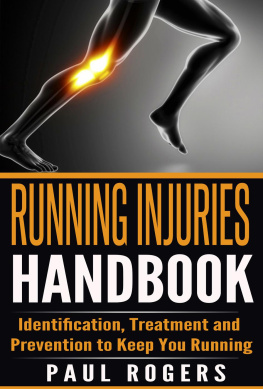
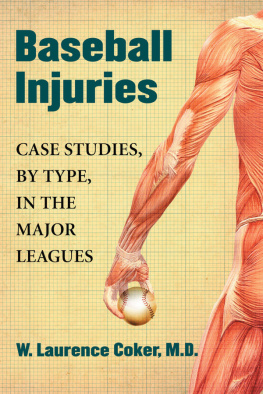


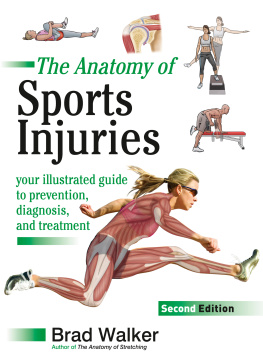
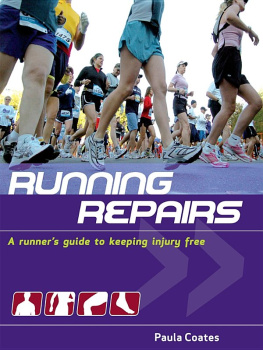
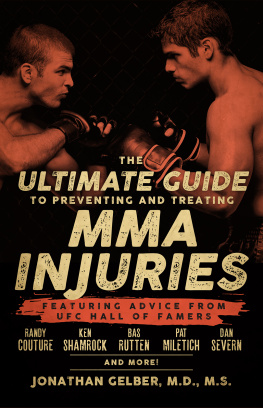


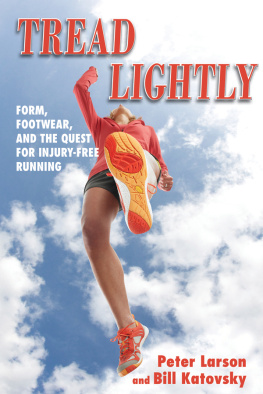

 Sport Publishers Association (WSPA)
Sport Publishers Association (WSPA)